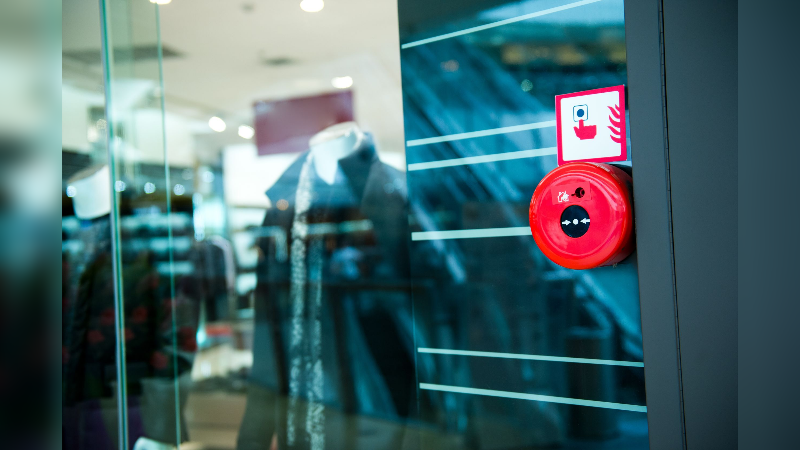You can’t help but experience cost savings when you use zone heating, as this type of heating arrangement allows you to save energy by only heating the rooms in your home that are regularly used. You can save a minimum of 30% when you use this energy-savings approach.
How Zone Heating Works
Zone heating advocates the use of both a furnace and fireplace. This type of heating arrangement involves heating rooms that are used often with alternative heat sources such as a gas-burning fireplace and turning down the thermostat in the rest of the house. If you are concerned with the rising cost of fuel, then installing a gas-vented or standalone fireplace is a good solution.
To better understand the concept of zone heating, you have to look at how furnaces are designed. These heating units act as a central heating source which uses the flow of air to stream heat throughout a home. The air is warmed as it flows over a combustion chamber or heat exchanger before it is directed through a maze of ductwork. Every area of the home is being heated when a central heating system is used.
As a result, heating the rooms you regularly use is the most cost-effective solution to decreasing the expense associated with heating a home. Gas insert fireplaces and vented fireplace designs today replicate the looks of a wood-burning fireplace, but actually are optimized heating units that provide convective and radiant heat. Zone heating allows you to enhance the aesthetics and environmental comfort of your living area.
Install More than One Fireplace
Because vented fireplaces that are fueled by natural gas do not need to be vented to a chimney, you can include these kinds of fireplaces in the areas of the house that you use the most. By following this course of action, you can significantly cut down on the expense associated with running a furnace during the coldest parts of the year.
Also, by installing fireplaces vented with pipes in specific spaces, you will have a heat source in case a snow storm or icy conditions cause an electrical outage during the winter time. Fireplaces are also featured in wood-burning models that are EPA-approved. These types of fireplaces produce less soot and creosote and save as much as 33% in heating costs each year.
Whether you choose to install a gas fireplace insert or add a wood-burning unit to a drafty old fireplace, you can enjoy the environmental comfort and savings that zone heating provides.
Do you due diligence and compare the fireplace heating products online. Adding fireplace heating is an excellent option, especially if you want to increase the value of your home and save on energy usage at the same time.


